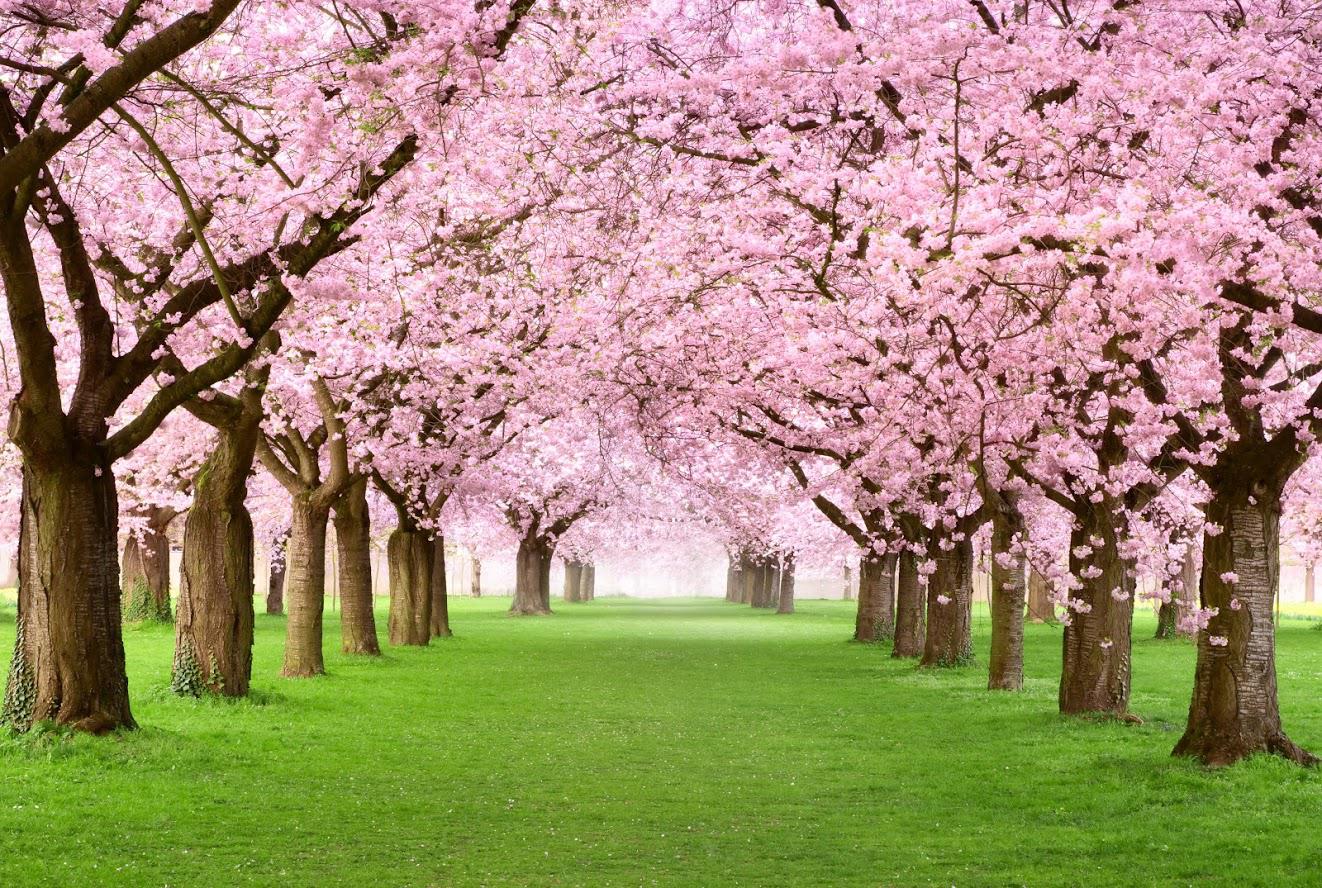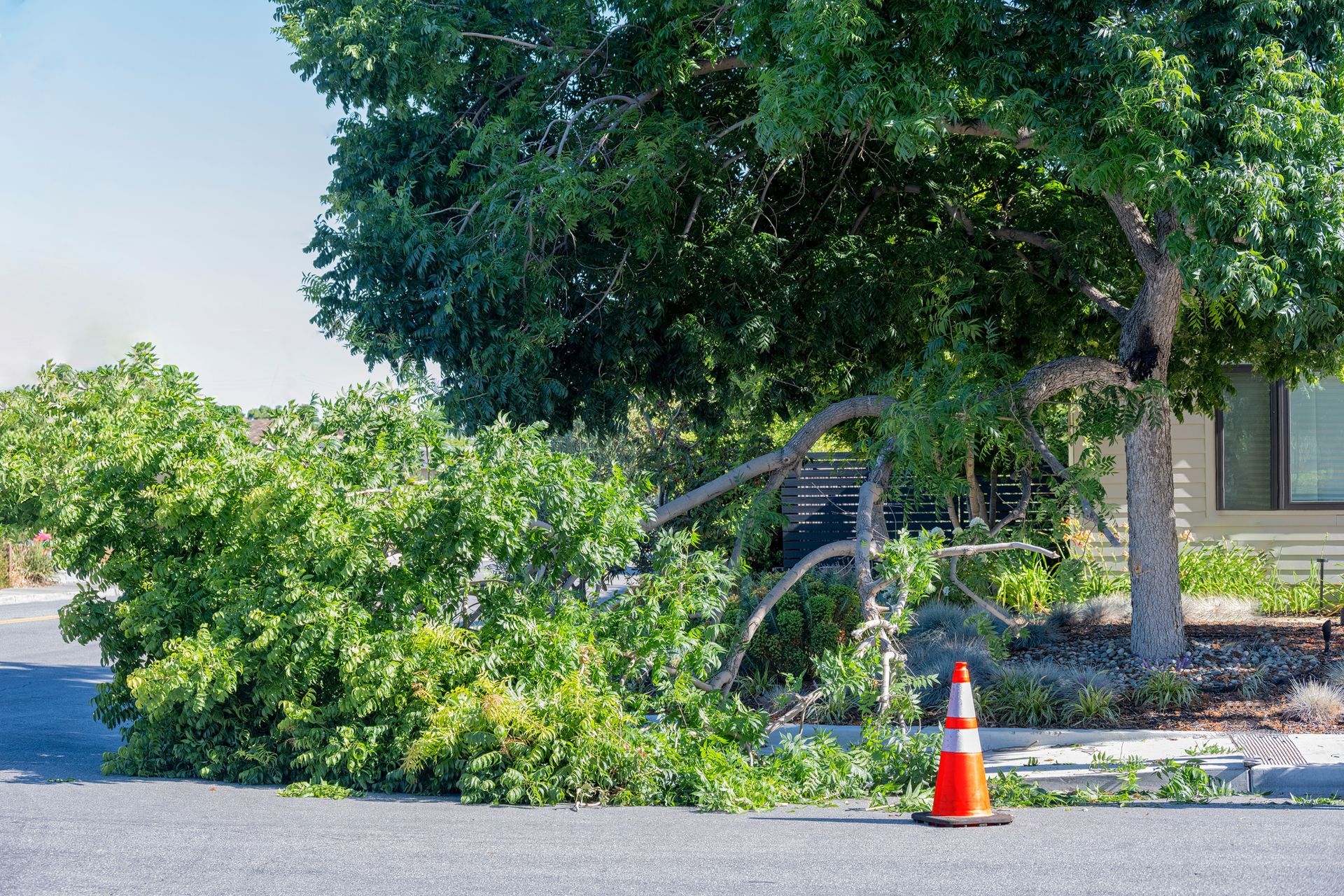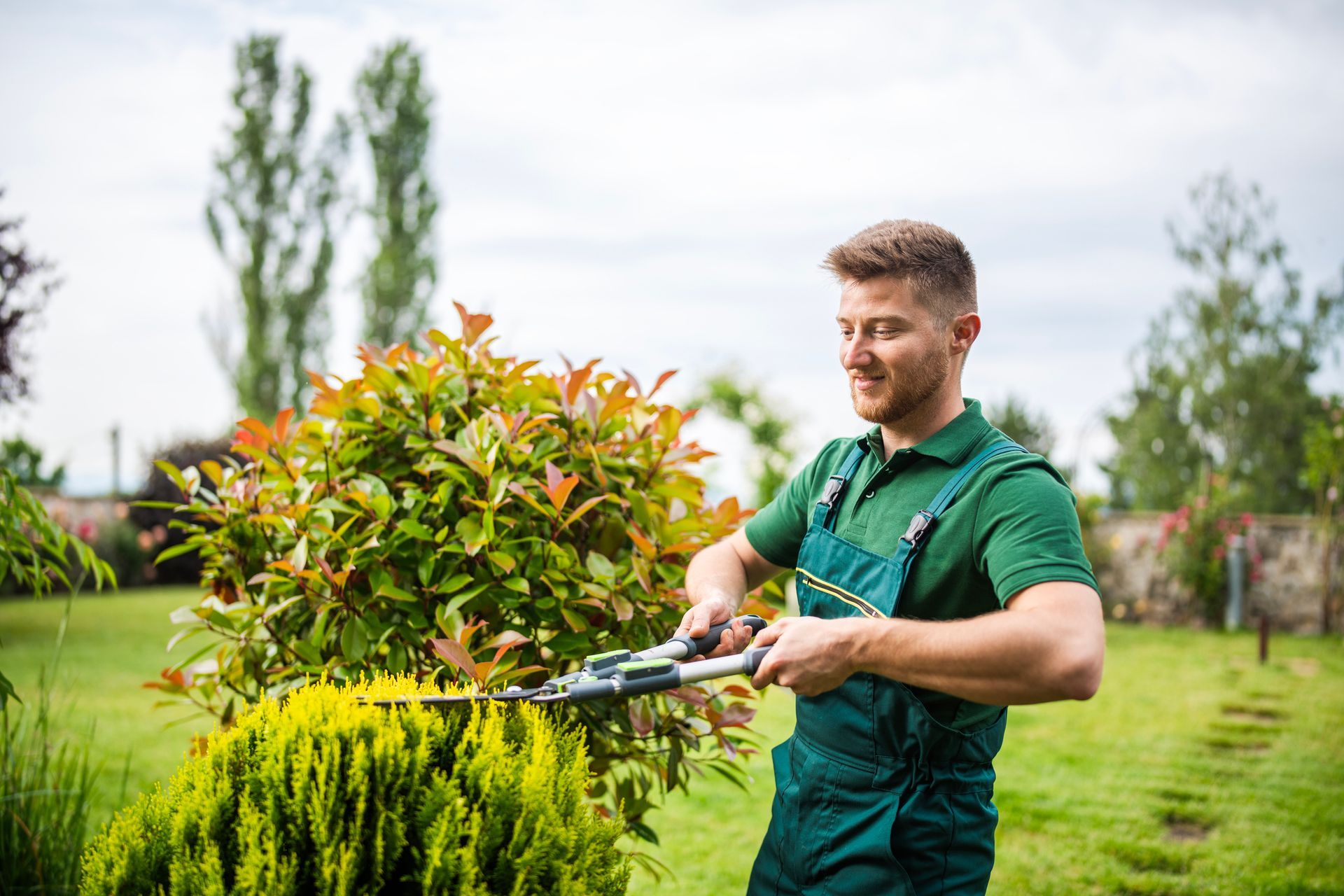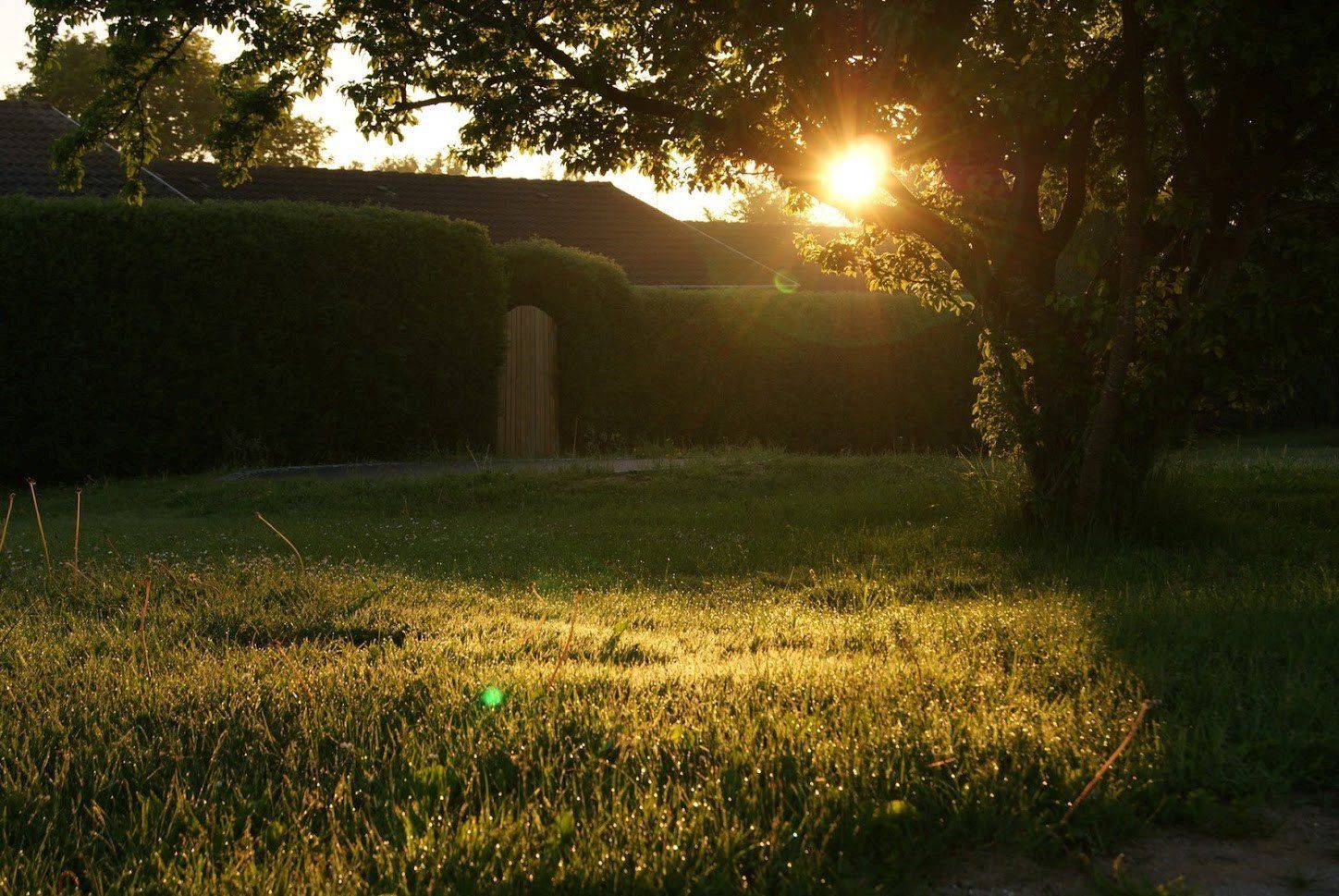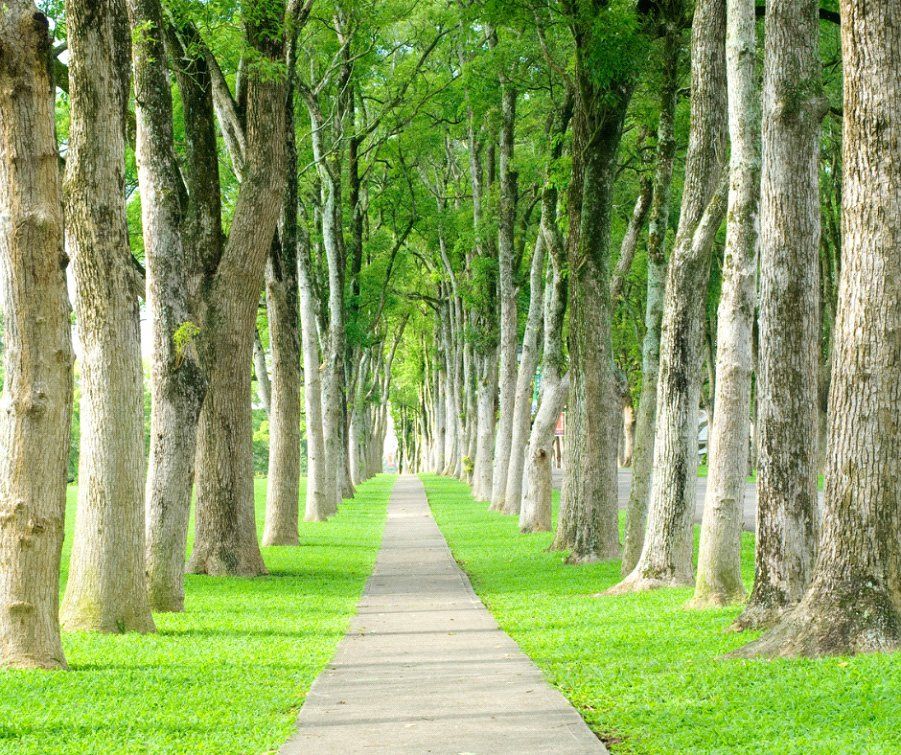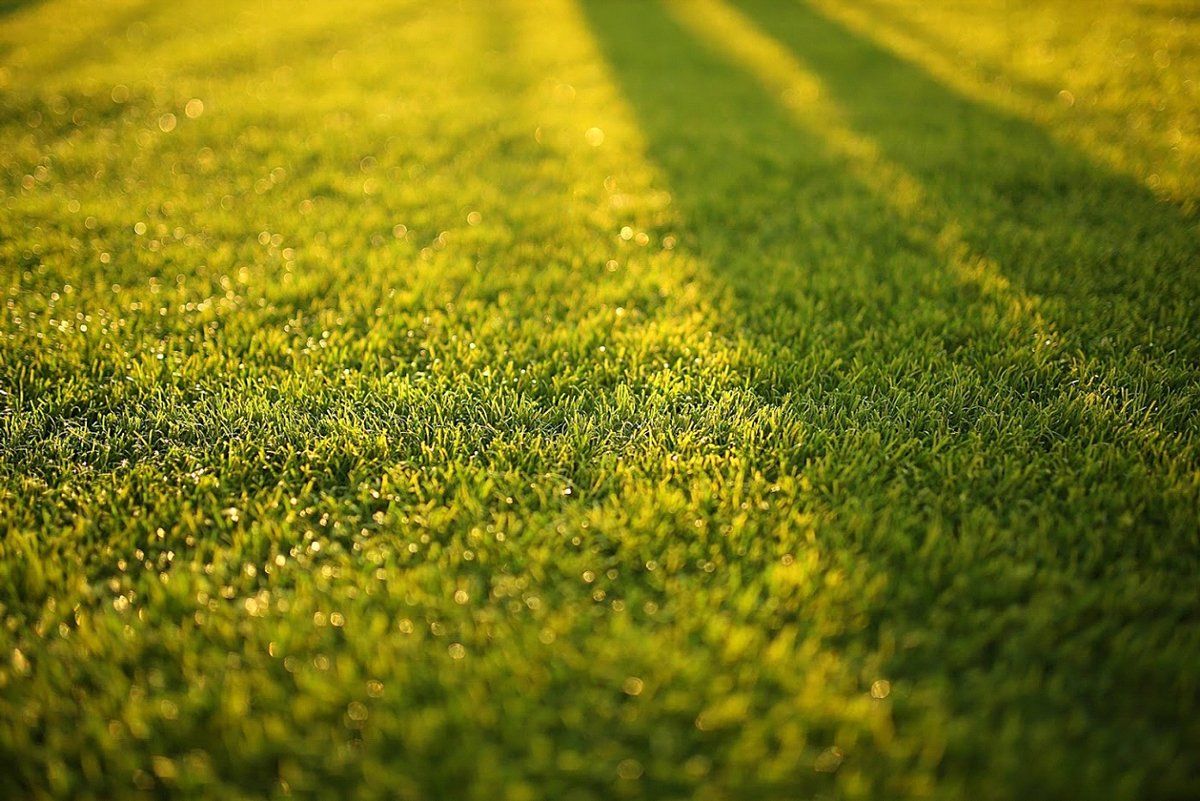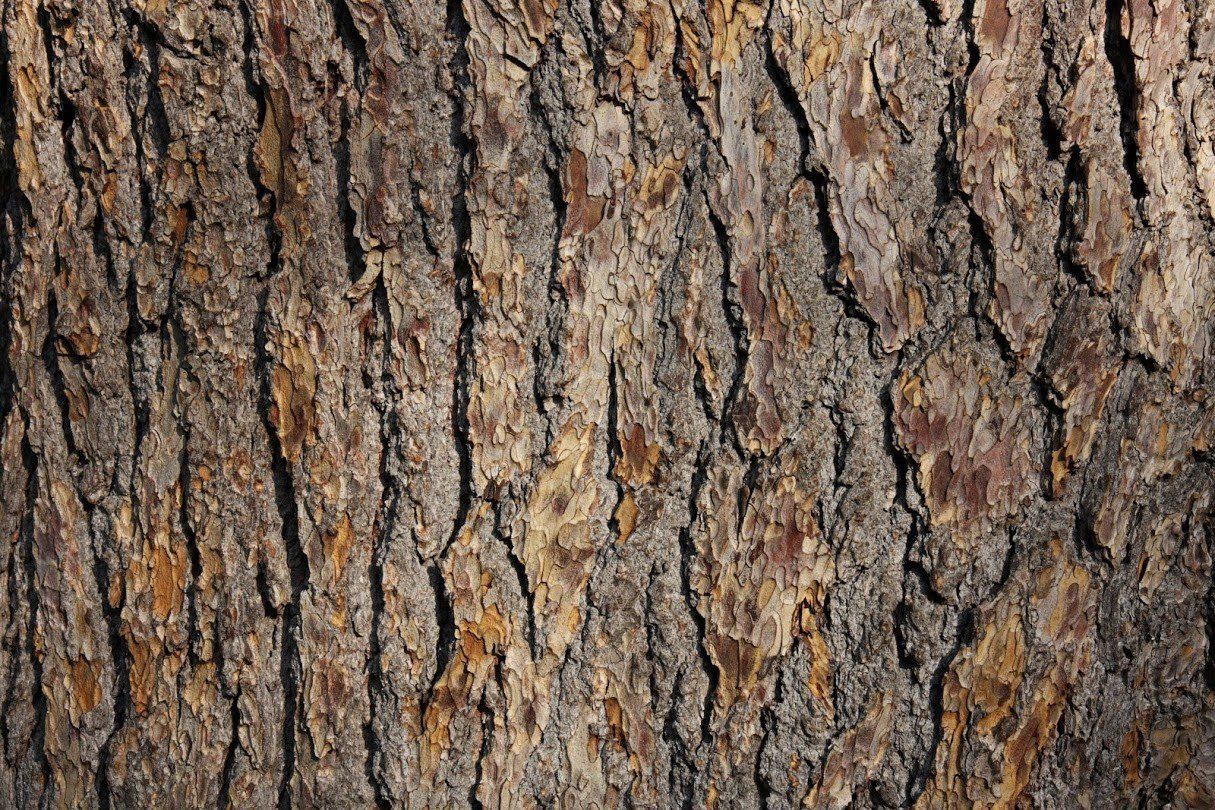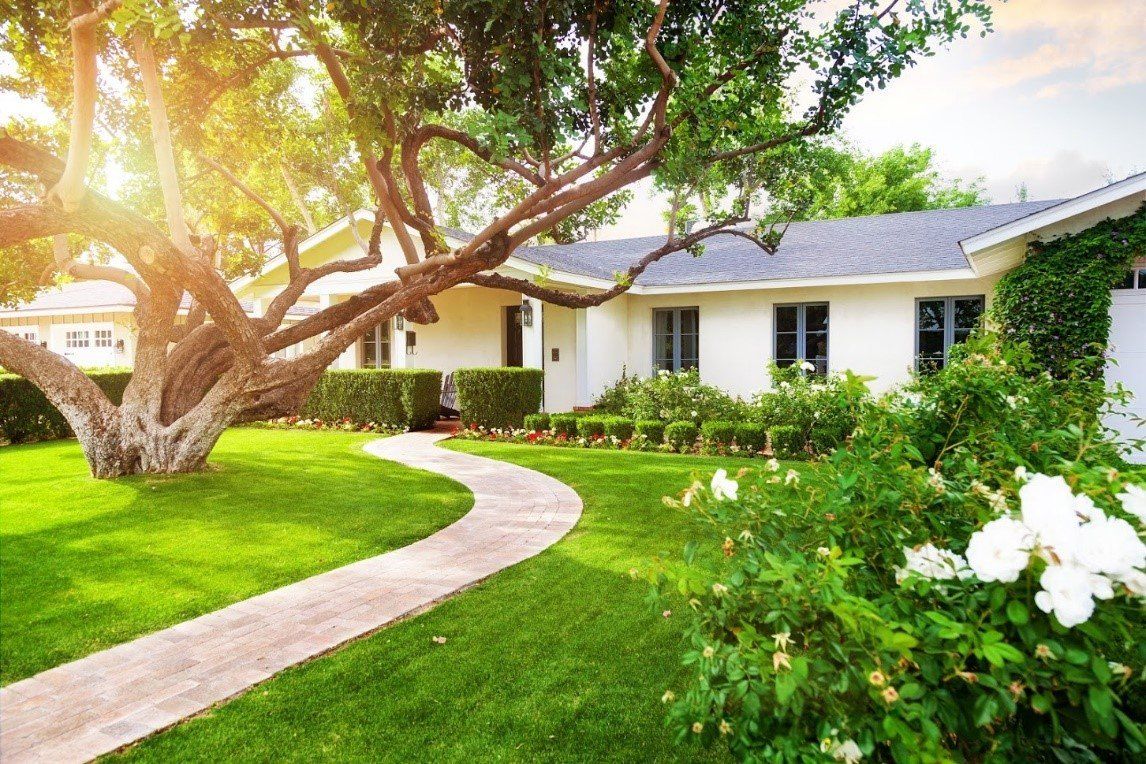Smart Springtime Care Keeps Trees Disease-Free
Spring is the season when trees bud and bloom, showing their full beauty. Unfortunately, it can also be a season when diseases set in. Most of the diseases that affect trees are caused by fungi and bacteria, which thrive in the moist, warm conditions characteristic of springtime.
Not all tree diseases are a threat to trees, but most at least impact the tree's appearance. To keep your tree pretty and disease-free, adhere to these best practices this spring.
1. Trim Trees as Early as Possible
You can certainly remove the occasional damaged branch later in the spring or summer, and flowering trees are best pruned after blooming. Aside from these exceptions, aim to have your trees trimmed as early in the spring as possible.
Early trimming is easier on the tree — since it won't yet have put the energy into budding — so your tree will stay stronger and more able to fight off infections. Certain diseases, like oak wilt , can also be spread when the pathogenic fungi come into contact with open wounds. These pathogens are less active and less likely to be transmitted in early spring when temperatures are cooler.
2. Use Only Sanitized Shears
Sometimes homeowners accidentally infect their own trees by trimming them with contaminated shears. Sanitize your shears in a bleach solution before using them. Just mix one part bleach to three parts water in a large bucket. Place your shears in the solution, and let them soap for 5 minutes. Remove them from the bucket and let them air dry before use.
Repeat the sanitization process after each tree. Signs of disease are not always obvious when a tree is dormant in late winter or early spring, so don't assume a tree is disease-free just because it appears to be.
3. Keep Mulch Away From the Tree Trunk
Mulching around trees is not really necessary, but some people enjoy the look it creates, and it can help keep the soil moist during periods of drought.
If you choose to place wood mulch around your tree this spring, do not form it into a volcano shape around the tree trunk. This may look stylish, but it traps moisture against the tree trunk and is an open invitation to pathogens. Push the mulch one to two inches back from the trunk so the tree has space to breathe.
Make sure the wood mulch is reputably sourced, too. According to the University of Wisconsin-Madison, mMulch made with trees suffering from oak wilt, Verticillium wilt, or Dutch elm disease, can pass these diseases on to other trees. Buy mulch made from disease-free trees only.
4. Water Sparingly
Some homeowners just can't wait to see their trees start growing, and they believe that watering the tree generously will inspire that growth. Sadly, overwatering does more harm than good; it can cause fungal infections.
Springtime in Nashville is generally rainy enough to provide trees with as much moisture as they need. If there is a period of drought and you are worried about your tree, check its water situation by digging about eight inches down in the area beneath the tree. You only need to water the tree if the soil eight inches down is dry and crumbly.
5. Fertilize Your Trees
Trees that have all the nutrients they need are less likely to succumb to infection. Late April through early May is a great time to fertilize trees since they are in their peak growth stage.
Apply about three pounds of nitrogen per 1,000 square feet, and make sure you choose a fertilizer that does not contain herbicides. (Those designed for use on lawns often do.) A fertilizer with 12 to 30 percent nitrogen and 3 to 12 percent potassium and phosphorus works well.
With the right springtime care, you can set your trees up for another disease-free year. If you need help trimming or otherwise caring for the trees on your land, set up an appointment with Kaily's Tree Service .

